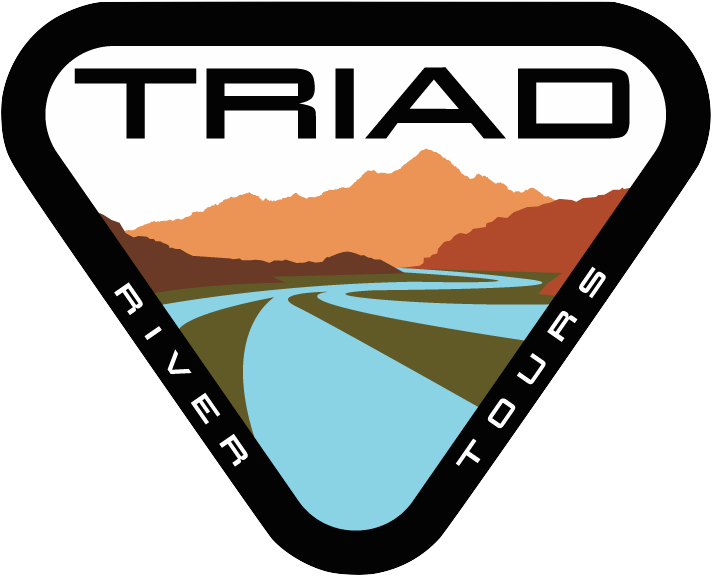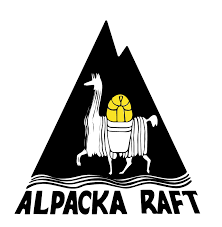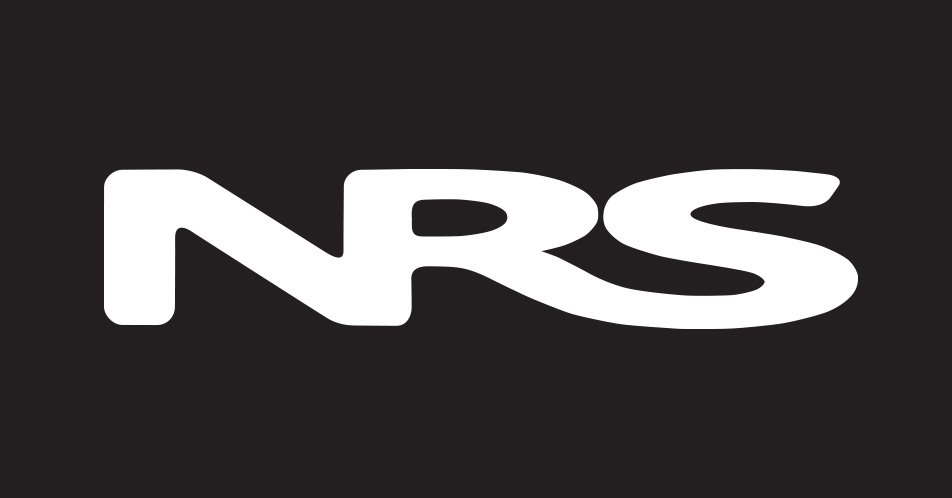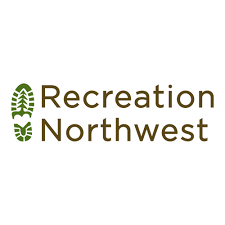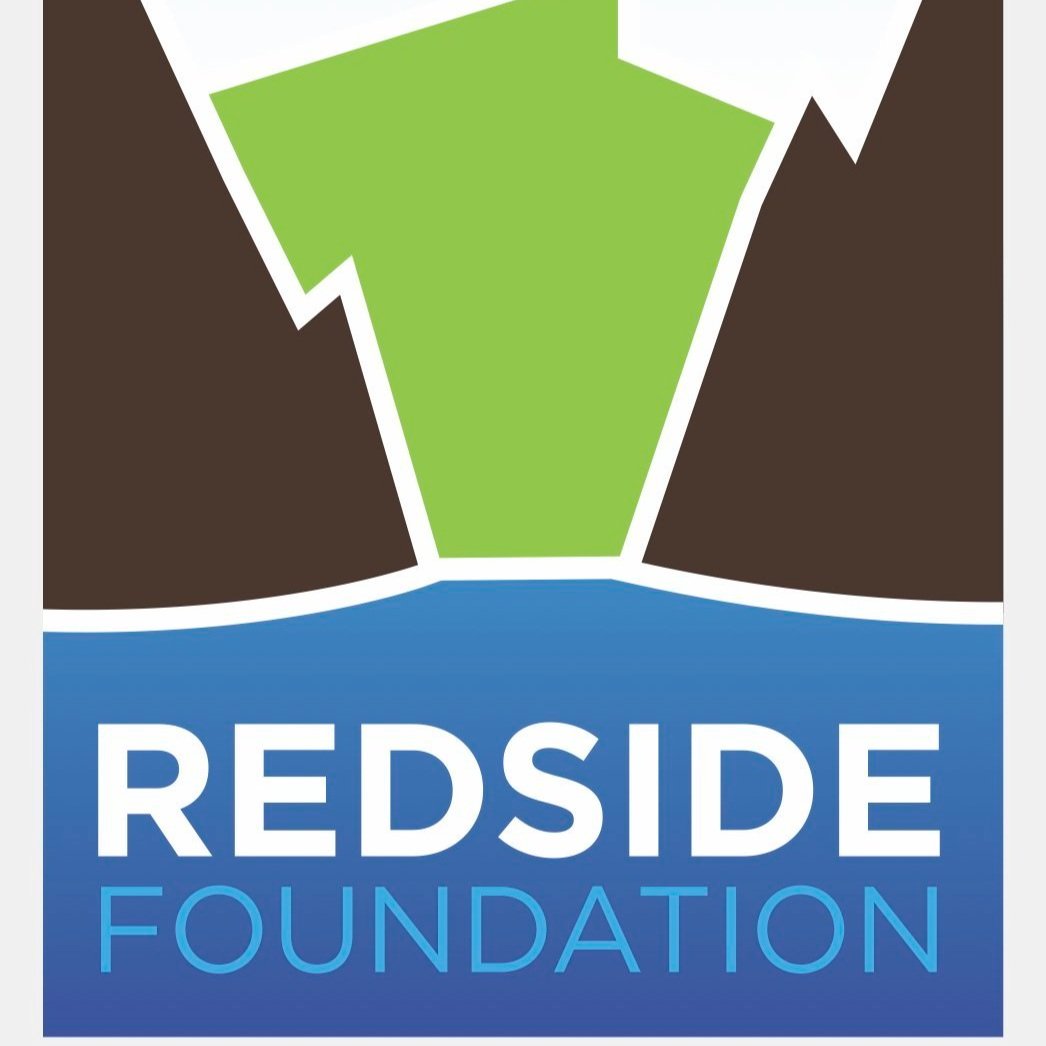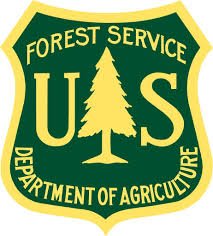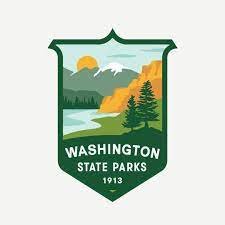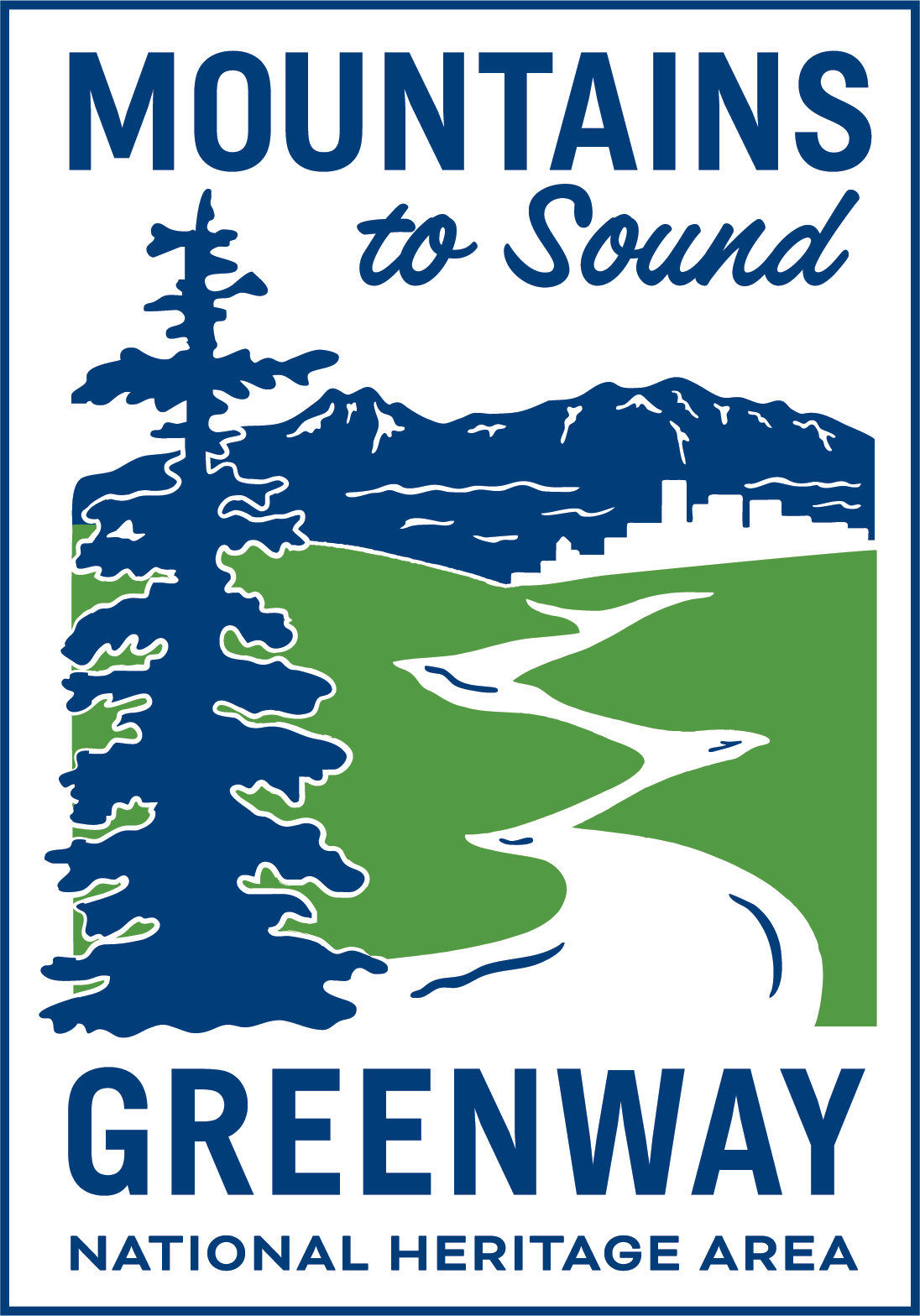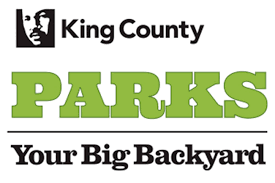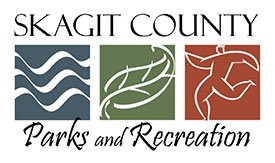White Water Rafting Equipment Seattle
Equipment is critical when it comes to whitewater
Far too many rafters get by using outdated and overused equipment. Each piece of white water rafting equipment at our company is tested and checked at the beginning of each season to ensure that everything works as it should, as if it were new. Furthermore, if we ever get the chance to try out a new piece of equipment that accomplishes the same tasks as the old one even slightly better, we adapt our strategies and protocols to the product and liquidate the old product. Our river rafting equipment in our company meets or exceeds industry standards. We should know, as we got our start in the multi-day rafting industry, where equipment is subjected to incredible abuse and is relied upon days away from help.
Guide Josh Larsen with a new Pyranha Shiva kayak (selected as our safety kayak)
Triad's sales staff travels to the International Sportsmans Exposition, the Fred Hall Outdoor Show, and the O'Laughlin Sportsman Shows, and the American Outdoor Association conferences each year to scout new gear. Each year we see new prototypes, ideas, and twists on relied upon concepts. Of these concepts some are chosen and tried during our training season, where guides can put them to the test. There is no denying the fact that some of these incredible inventions fall flat on their face when subjected to the extreme tolerances that we demand. Many times each year we retire a piece of equipment for not meeting our expectations.
Rafts, Oars, Paddles, Rescue Ropes, Static Ropes, Pulleys, Carabiners, Life Jackets, Whistles, Personal Gear, Helmets, Wetsuits, Inflatable and Hardshell Kayaks, and even pumps can influence the level of safety on a trip. We are required by our conscience and by the demands of our clientele that we meet these demands by purchasing top-quality white water rafting equipment. At times this means we must run smaller rafts, lighter paddles, and overpriced new model equipment; this is part of our company, and we just do it.
The Aire Super Puma is renowned for it's ability to withstand the rigors of steep continuous whitewater. As a result of numerous trial runs, it was selected as our primary craft for low water and technical class 3 whitewater. A boat with abilities that far exceed the demands; that's the goal. http://www.aire.com/aire/products/default.aspx?id=204
Triad's lead operations manager has 20 years in the industry working with nearly 30 outfitting companies from all over the world. We have collectively seen the damage and danger associated with equipment failure, and we have no intention of allowing a Triad trip to experience one unnecessarily. The very first thing we did when developing the safety protocols for our trips was contact our friends in the industry at Northwest River Supply, Aire, Maravia, Creature Craft, Guides House, and others. We requested the best possible rafts for the situation we were in, the safest, most effective boats possible. We threw out previously accepted ideas and opened up to the scrupulous task of analyzing several different rafts. What we found out was that even though we had, as a crew, seen rafts run hundreds of rivers, each river is distinct in it's character, and is best run with custom equipment; you could say we have a "tried and true" philosophy about running on our rivers. If we try equipment and it does it's job consistently, we use it.
The Maravia Williwaw 1.5 is one of the most dominant and capable large wave whitewater boats in the industry, and is relied upon by many of the worlds top outfitters. With an encapsulated urethane exterior with a matte finish, the Maravia is one of the highest quality whitewater rafts in production. Our Wiliwaw 1.5 is used for all Skagit River Trips, and is our primary raft on all Sauk River Rafting Trips. We would like to thank Maravia for their assistance in providing us with test rafts on all of our rivers, which ensured that our selection was the optimum for safety and fun. http://www.maravia.com/index.php/main/product_detail/157/3
Raft manufacturers Aire, Maravia, NRS, and Sotar, have been industry leaders for decades, with products that provide unmatched reliability and safety. We tried out rafts from each company over the course of a year, trying them at all water levels, and at all weather conditions. We flipped, pinned, z-dragged, and meticulously analyzed these boats as a team. Occasionally, we would meet in a boardroom and take hours analyzing each individual characteristic of the boats. Which was more rigid, which provided the most comfort for our guests, and which was the most maneuverable in every condition. We ultimately took each craft and analyzed it in several columns relating to it's performance on our rivers.
With the help of the USGS hydrographs, and analyzing the discharges of the rivers we run over the course of a decade, we came to encounter certain patters within the river systems. Unlike rivers inland that rely on snowmelt alone, the Sauk, Skagit, and Nooksack Rivers can vary dramatically due to the rain that randomly drops. This can catch rafters off guard, and can present safety issues. So what was the resulting protocol?
In a joint endeavor we procured a custom designed and manufactured, American made Sotar, inc. raft, which was built specifically for the tasks of our technical rivers, like the Sauk. Sotar Manufacturing is an Oregon based company which makes top of the line equipment, and this experimental prototype is one of a kind both in design and performance.
Smaller Rescue Bags can be thrown quicker with more precision for rescue. Accompanied by static ropes (on all guided whitewater trips) for rescue situations, this provides guides with the tools they need to perform the fastest and most efficient rescue possible.
Triad keeps every boat at the ready at all times of year. At the drop of a hat, the lead guide can make the decision to run a smaller boat (maneuverable in lower water) or a larger boat (stable in higher water) in order to meet the needs of our guests, and match the aspect of difficulty that the river is providing at that specific water level. When we give our staff the ability to make these decisions, we create a safer atmosphere, and never have the need to run a river with inappropriate equipment. When, for example, the Sauk River changes from 500 cfs (measure of flow similar to a large creek), to 5,000 cfs (measure of flow similar to the Grand Canyon in fall), we have the ability to inflate and prepare a larger craft to ensure our guests are in the safest position possible. We don't take chances, we prepare.
We aren't stuck on any manufacturer for our equipment. We are willing to adapt our system at any time. Spending time with top quality industry professionals from across the spectrum, we get a chance to see different styles, and thus we can adopt the most proficient methods. This is the philosophy of Triad River Tours, and it's something we readily share with our guests. Please feel free to ask as many questions about our equipment, it's origin, use, age, and availability in the open market, and our guides will most certainly be apt to inform you.
USGS Hydrograph depicting changes of water levels at the close of our 2013 season on the Sauk. In less than 24 hours the water levels more than tripled. It creates a scenario where preparation and proper equipment and knowledge are essential.
